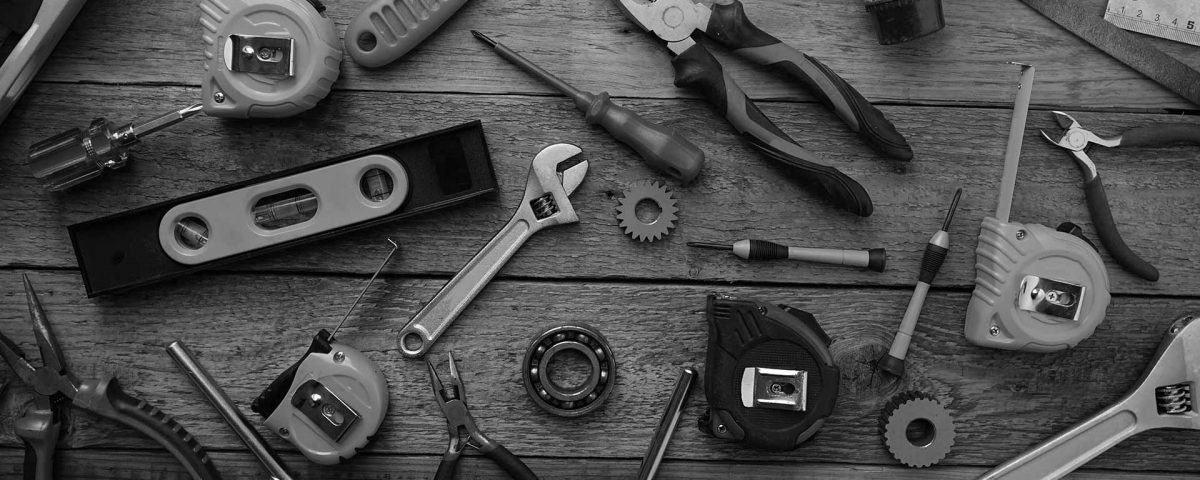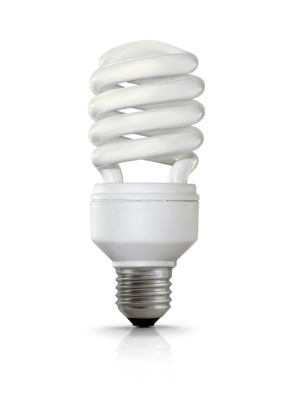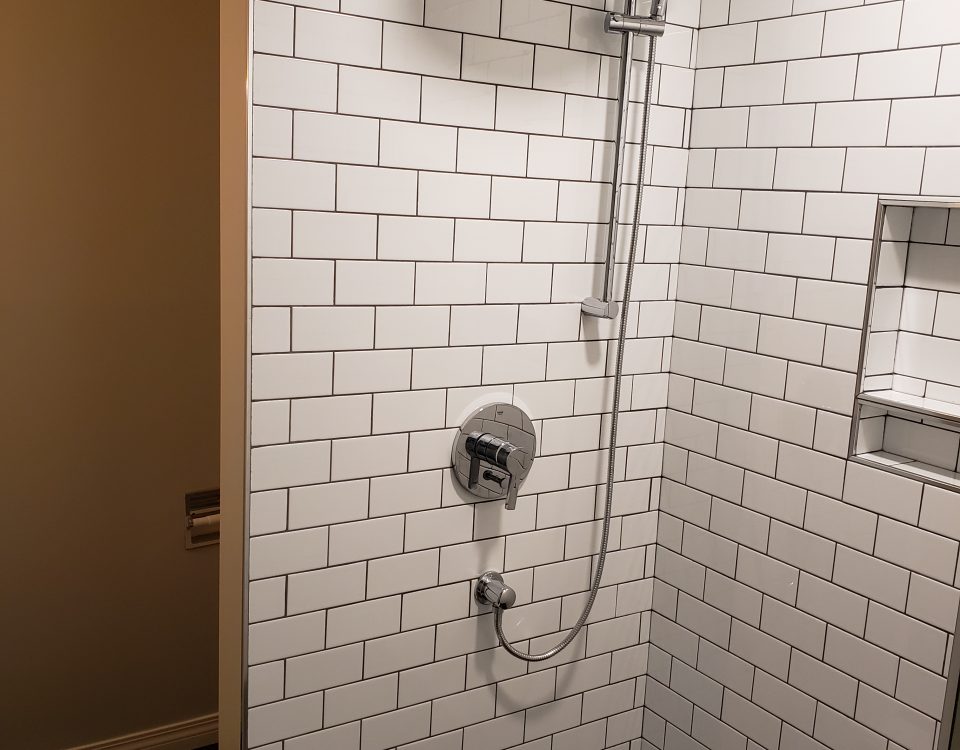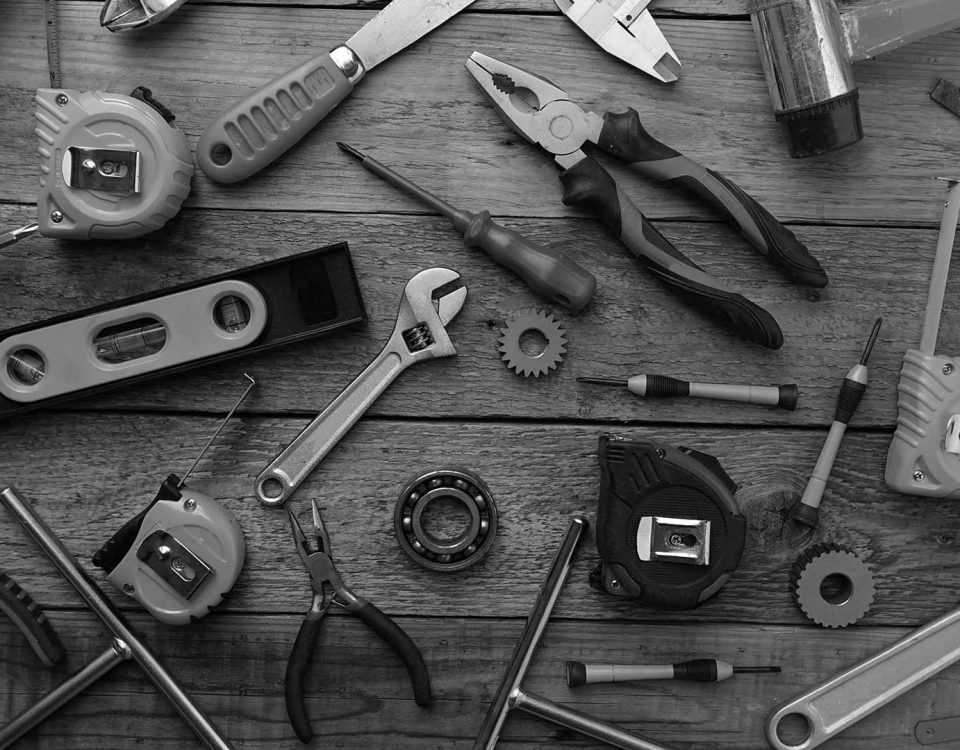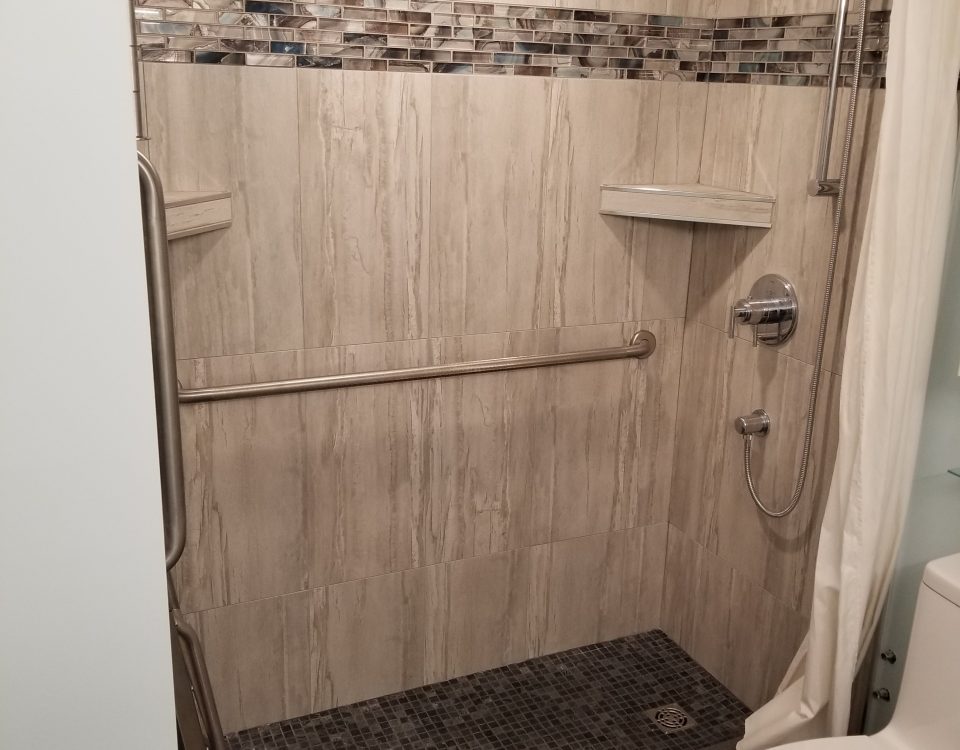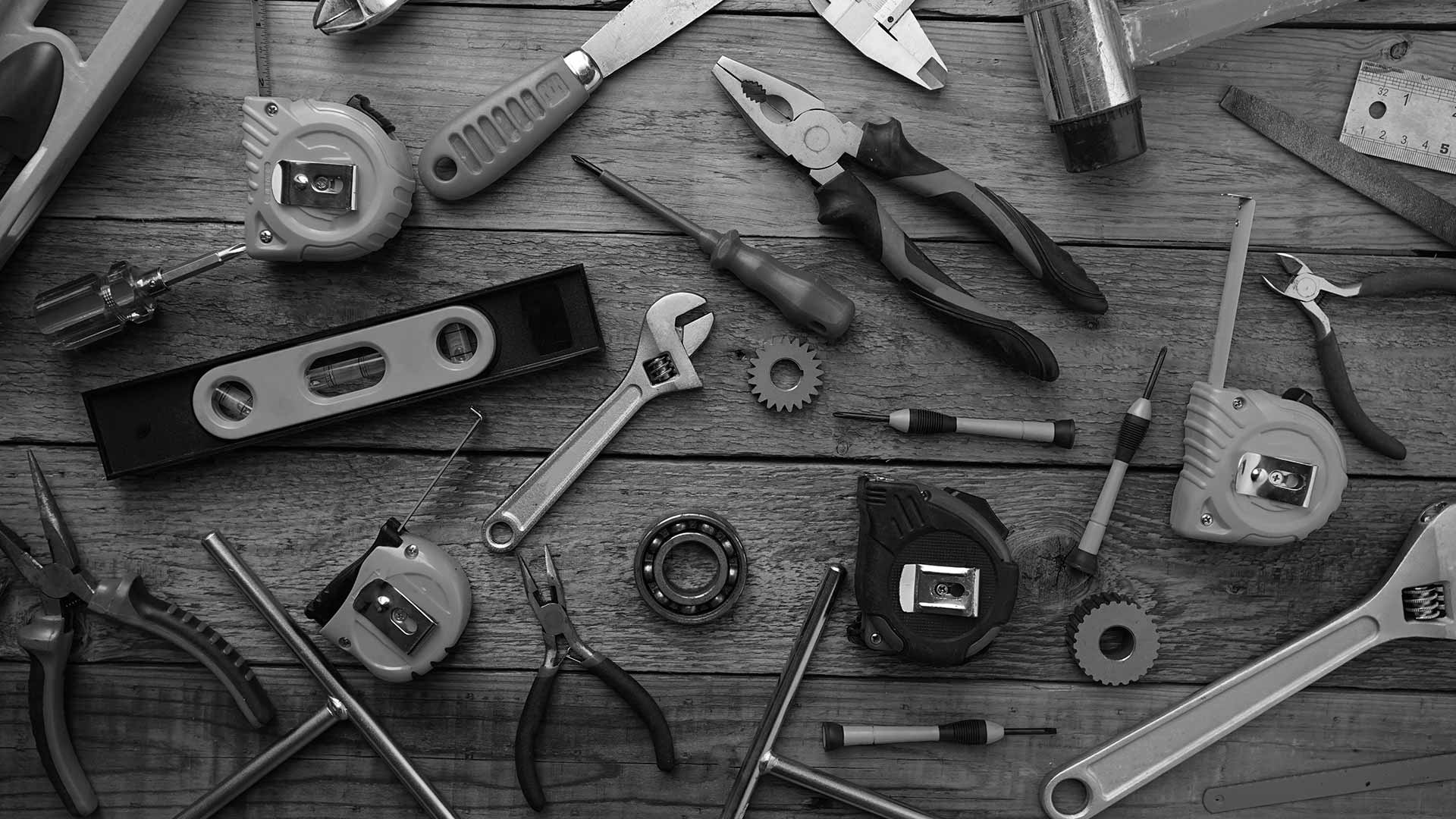
Should I reface my kitchen cabinets?
June 14, 2014
Products we like: Vinyl Flooring
July 8, 2014It happens to just about everyone. That light bulb over your kitchen table burns out and you have to go to store and pick up a new one. The only thing is, when you get to the store, you realize that they have an entire aisle of light bulbs to choose from. Pick one off the shelf and the packaging will tell you that it will be brighter, save you money, and make you a better person by being friendlier to the environment. Pick a different bulb off the shelf and it’ll read something similar. With such a large selection of light bulbs, which one is the best replacement for you?
To start with, there are a few basic types of bulbs on the market: incandescent, halogen, CFL, and LED. Let’s take a look at the pros and cons of each.
Incandescent Bulbs
Incandescents have been around for a long time, and, in fact, they are being phased out because they often don’t meet the requirements for energy efficiency. They are cheap to purchase, but they use a lot more energy than other types of bulbs. If you’re my age (born in the era of disco), you’ve probably changed more than a few of these, as they last around a 1000 hours before burning out. Despite being an energy hog, they do give you instant light and the quality of light they give off is pretty good.
Halogen Bulbs
Halogens are, in fact, a kind of incandescent bulb that generally uses about 25 to 30 percent less energy than regular incandescent bulbs. They last about the same length of time as an incandescent, and they are a little more expensive. One of the big cons of halogen bulbs is they get really hot. Other than that, they are dimmable and produce light almost instantaneously.
CFLs
Compact Fluorescent Lightbulbs (not to be confused with the Canadian Football League) are those helical looking bulbs that are probably the most common used today. They use a lot less energy than an incandescent bulb (up to 75% less) and the extra cost in purchasing one is often offset within a year because of energy savings. They last between 7000 and 10000 hours, typically, meaning you don’t have to change them nearly as often as incandescents. The downsides of these bulbs? Most of them are not dimmable (you pay extra for ones that are). As well, they do not reach full brightness immediately upon turning them on, especially when used in cold temperatures and outdoors. And finally, CFLs contain trace amounts of mercury. They should be recycled rather than tossed out.
LEDs
The latest and greatest in light bulb technology, LED, or Light Emitting Diode bulbs last a very long time. Manufactures claim they can last between 20000 and 50000 hours and comedians joke that there may be a generation of children who don’t know how to change one. LEDs are also great because they light up instantly, even in cold weather. The biggest drawback of these light bulbs are the cost. Although the prices are coming down, they are expensive, therefore taking a long time to see savings through energy efficiency. Still, if you are one with being environmentally friendly, these are great bulbs to have in your home.
Now that you have the skinny on the different types of light bulbs, here are some other things to look for:
Lumens: The amount of light, or brightness of a light bulb is measured in lumens. The more lumens, the brighter the light. For A-type bulbs (the classic bulb shape used in most fixtures), 450 lumens is about the same as a 40 watt incandescent. 800 lumens for a 60 watt, 1100 lumens for a 75 watt and 1600 lumens will give you roughly the equivalent of a 100 watt bulb.
Color: For most homes, a more yellow coloured light is preferred because it has a warmer feel. The colour of light given off can be measured in Kelvins. 2700K bulbs are the standard incandescent bulbs. As the value of Kelvins increases, the light takes on a more white colour. 5000K bulbs and up will produce light that comes close to mimicking natural light.
Indoor/Outdoor use: Temperature can affect how a light bulb performs over time and certain bulbs are not recommended in specific areas. For more specifics, the best thing to do is read the packaging to see if the light bulb you’re buying is suited for the application you want to use it for.
If you want to view other blog posts from Robert & Michael at Nord Alta Construction, visit our blog on our site by clicking here.
If you’re in Edmonton, St. Albert, Sherwood Park, or the surrounding area and are looking for a contractor for you renovation project, visit our website at www.nordalta.com/contact/ to find information on how to contact us. We’d be happy to speak to you about what we can do to get the ball rolling on your next home or office project. You can also leave comments with us at robert@nordalta.com.
Michael Breault is a project coordinator for Nord Alta Construction. You can find the company website at www.nordalta.com. You can also find Michael and Nord Atla Construction on facebook at www.facebook.com/NordAltaConstruction, on twitter at www.twitter.com/Nordalta, and on LinkedIn.
Robert Breault is the president and owner of Nord Alta Construction. You can find the company website at www.nordalta.com. You can also find Robert and Nord Alta Construction on facebook at www.facebook.com/NordAltaContruction and on LinkedIn.

